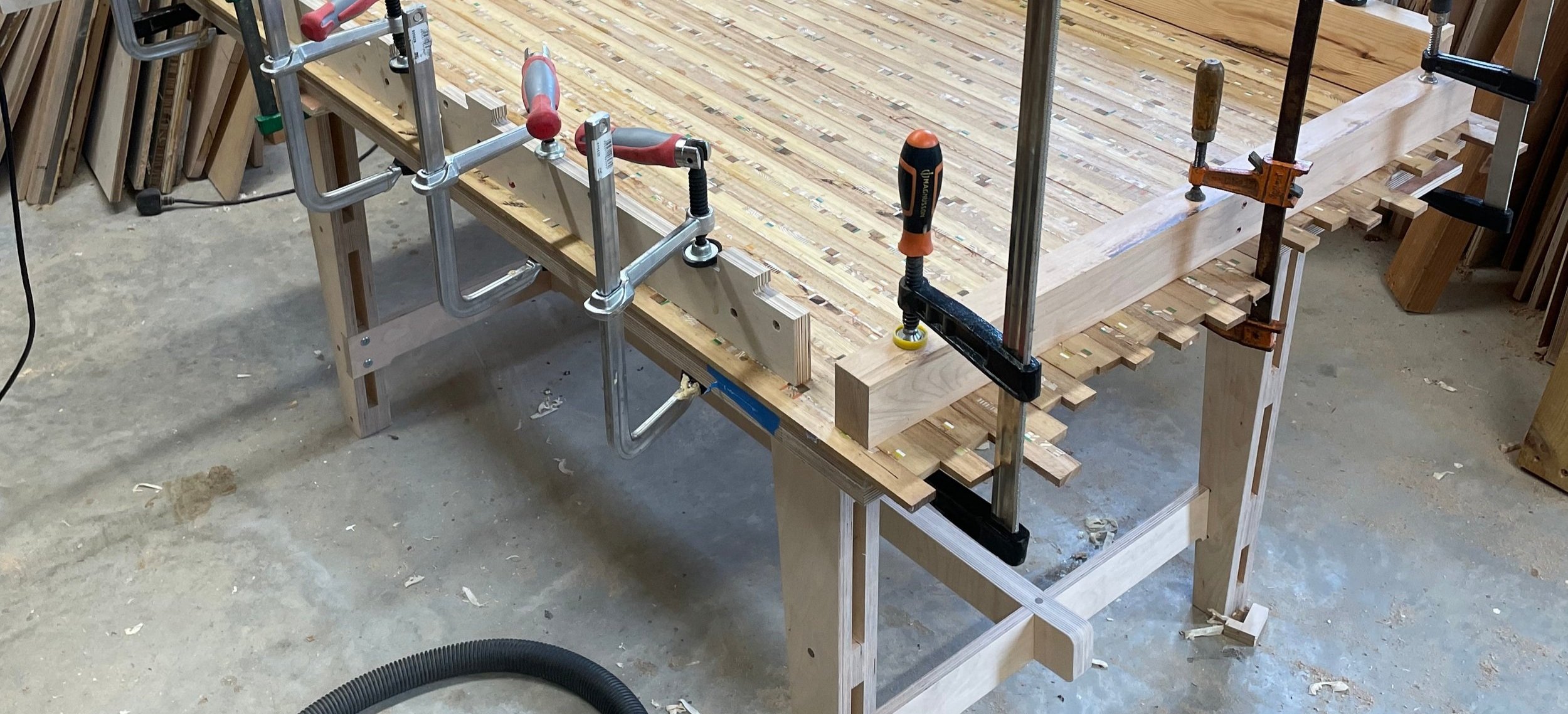Why are our surfaces unique every time?
Looking at some of the ethos behind our practice; how and why it drives the unique surface qualities within the work we produce.
Large-scale production, of which there is plenty, may have a tendency to chip away at individual identity, converting it to a homogeneous pulp. A strong view; is an idea openly discussed in popular culture, and rightly followed by a question. One that particularly interests us.
Do we want to homogenise the making of work?
Considering these thoughts has imparted a certain substance to our values and ethos. From the outset, our ambition has been to make work that stands out. We are interested in form, surface and function. We approach playfully, being inventive, exploring the relationship between materials and processes. This particular thought is a keystone on which our work is based. A driving force behind its qualities.
Above is the why. Next is the how.
Making the patina is a process. It has a built-in variance and mainly involves cutting voids, filling them with an alternate material and repeating this process. A series of machining layers, thereby creating fresh features. Strata.
Cuts made into the timbers are situated according to intuition. At this stage, there is not a finalised plan, one where measurements describe the exact placement of a feature. Instead, there's a flavour to cook up. A series of cuts unfold across the face of an Ash slab. Their width, depth and angle are changeable. The last cut informs the positioning of the next. Not so much a plan, but rather, an adventure.
Filling the voids comes next. What to use? Oak here, birch there, something with a red shade, paler, denser, pitted. Drop some stripes in, end grain, flat bright flashes, long and thin splines, short and squat. These are the variances that we work with. A dance of material qualities.
The patina is now constructed, in its rawest form, roughly packaged into a block. All the ingredients are present, carefully bonded together, inviting the excavation of its various layers. With a bandsaw, we yield these cross sections, long and thin, and as we cut further into the block, each strip displays the nuances of its personality.
These are then introduced to objects, setting them into the top face of a sideboard, comfortably wrapping around its form, and composing its surface. Alternatively, the front edge of a shelf adds a thin ping of colour. Or an aspect of a handleless kitchen drawer, adding a new layer. These are orchestrated, yet slight incursions, to an object's surface.
Or, go full whack. Cover an entire tabletop. Its surface becomes something that demands inspection within a room, drawing the gaze towards details within its loose dance of pattern. Strips of reclaimed Iroko peppered with the squeaks and squawks of timbers, plywood and second-life materials, unfold over the table's width. A centrepiece.
It’s surface, form, function and fun. It’s the fun that makes it unique.




